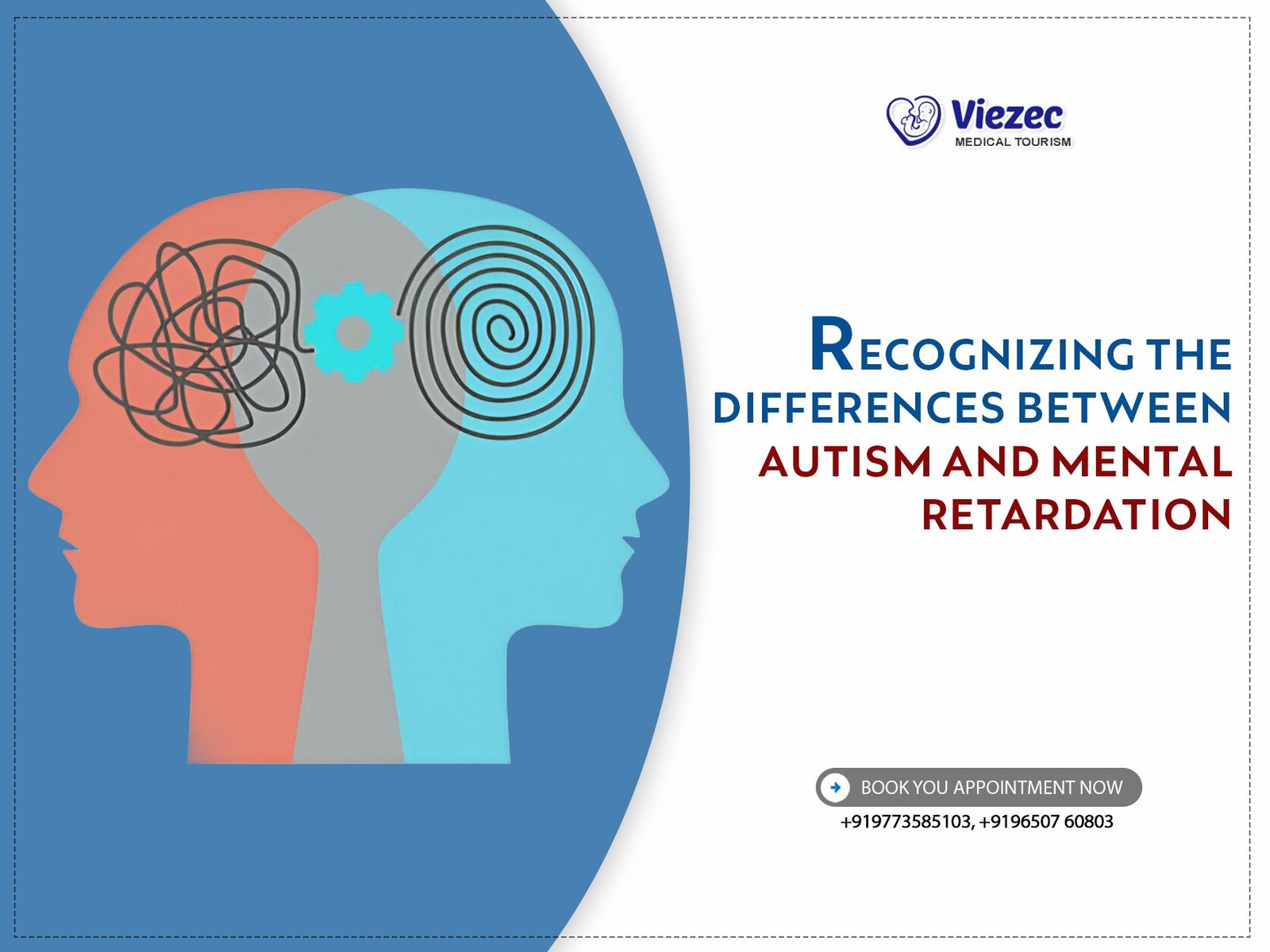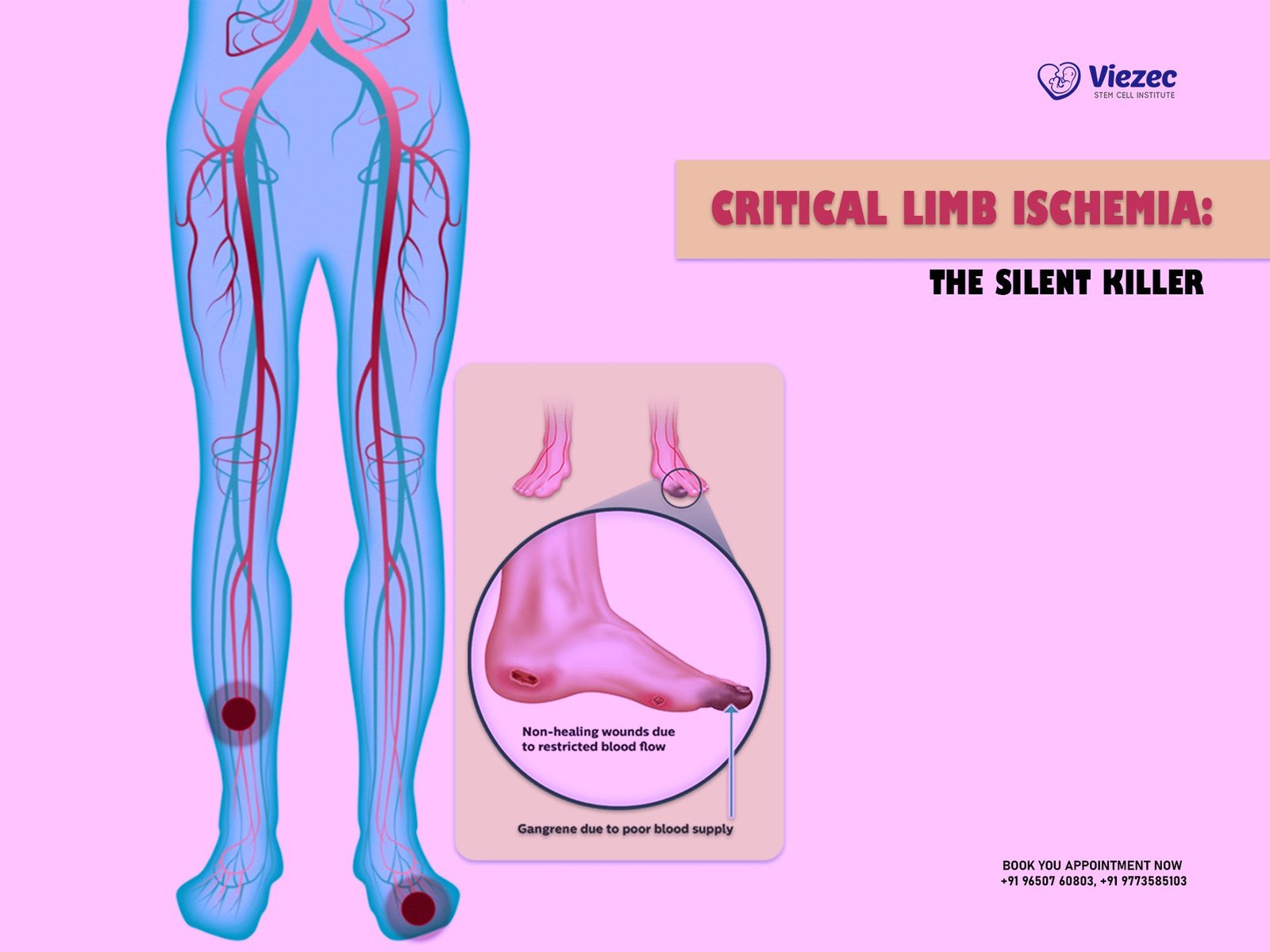Understanding the nuances between autism and mental retardation is crucial for accurate diagnosis and effective treatment. Autism Spectrum Disorder (ASD) and intellectual disability (ID), formerly known as mental retardation, are two distinct developmental disorders that often overlap in presentation but differ significantly in their core characteristics.
Overview of Autism
Autism is a neurodevelopmental disorder characterized by difficulties in social interaction, communication challenges, and a tendency for repetitive behaviors. The spectrum nature of autism means that symptoms and their severity can vary widely among individuals. Some may have significant impairments, while others may function relatively well in daily life. This variability makes autism a complex disorder to understand and diagnose.
Overview of Mental Retardation
Intellectual disability involves significant limitations in intellectual functioning and adaptive behavior, which covers many everyday social and practical skills. These disabilities originate before the age of 18. Unlike autism, which is primarily characterized by social and communication challenges, intellectual disability focuses more on cognitive impairments and difficulties in adaptive functioning.
Importance of Understanding the Differences
Distinguishing between autism and intellectual disability is essential for developing effective educational and therapeutic interventions. Accurate diagnosis helps in tailoring specific support systems that address the unique needs of individuals with each condition. It also plays a vital role in fostering awareness and understanding within families and communities, thereby reducing stigma and enhancing support networks.
Defining Autism
Diagnostic Criteria
Autism Spectrum Disorder is diagnosed based on a range of criteria outlined in the Diagnostic and Statistical Manual of Mental Disorders (DSM-5). Key criteria include persistent deficits in social communication and social interaction across multiple contexts, as well as restricted, repetitive patterns of behavior, interests, or activities. These symptoms must be present in the early developmental period and cause significant impairment in social, occupational, or other important areas of functioning.
Common Symptoms
Common symptoms of autism include difficulty in understanding social cues, maintaining eye contact, and forming relationships. Individuals with autism may also exhibit repetitive behaviors such as hand-flapping, rocking, or insistence on sameness. Sensory sensitivities are also prevalent, with some individuals being hypersensitive to sounds, lights, or textures. Communication challenges can range from complete lack of speech to difficulties in initiating or sustaining conversations.
Subtypes and Spectrum
The term “spectrum” in Autism Spectrum Disorder underscores the wide range of manifestations and severity levels. High-functioning autism, including Asperger’s Syndrome, involves milder symptoms and higher levels of functioning. Conversely, severe autism may involve significant communication challenges and profound intellectual disabilities. Understanding the spectrum is crucial for providing individualized support and interventions.
Defining Mental Retardation
Diagnostic Criteria
Intellectual disability is diagnosed based on significant limitations in both intellectual functioning and adaptive behavior. Intellectual functioning, or intelligence, refers to general mental capacity, such as learning, reasoning, problem-solving, and other cognitive functions. Adaptive behavior involves practical, everyday skills needed to live independently and function safely and appropriately in daily life. These limitations must be evident during the developmental period, typically before the age of 18.
Common Symptoms
Symptoms of intellectual disability include delayed development of motor skills, language skills, and self-help skills such as feeding and dressing. Cognitive impairments are evident, affecting reasoning, problem-solving, planning, abstract thinking, judgment, academic learning, and learning from experience. These symptoms lead to difficulties in performing everyday tasks and require substantial support in personal and social environments.
Levels of Severity
Intellectual disability is categorized into four levels of severity: mild, moderate, severe, and profound. These levels are determined by the extent of cognitive and adaptive impairments. Mild intellectual disability may allow individuals to live independently with minimal support, whereas severe or profound levels often require intensive support and supervision throughout life. The severity level influences the type of interventions and support required.
Key Differences in Diagnosis
Behavioral Characteristics
Behavioral characteristics differ significantly between autism and intellectual disability. Autism primarily affects social communication and behavior, often presenting as difficulty in understanding social norms and engaging in repetitive behaviors. In contrast, intellectual disability affects a broader range of cognitive functions, impacting overall intellectual and adaptive capabilities. Behavioral interventions for autism often focus on improving social skills, while those for intellectual disability emphasize practical life skills.
Cognitive Development
Cognitive development trajectories also differ between the two conditions. Children with autism may have average or above-average intellectual abilities but struggle with social and communication skills. Conversely, individuals with intellectual disability have global cognitive impairments that affect all areas of development. These differences necessitate distinct educational and therapeutic approaches tailored to each condition’s cognitive profiles.
Social Interaction
Social interaction challenges are a hallmark of autism, with individuals often experiencing difficulties in understanding and responding to social cues, forming relationships, and engaging in reciprocal social interactions. In intellectual disability, social challenges stem more from cognitive impairments that affect understanding and performing social roles and responsibilities. Recognizing these differences is crucial for developing appropriate social skills training and support.
Developmental Trajectories
Early Childhood Indicators
Early childhood indicators of autism typically emerge before the age of three and include delayed speech and language development, lack of interest in social interactions, and unusual repetitive behaviors. For intellectual disability, early indicators often involve significant delays in achieving developmental milestones such as sitting, walking, and speaking. Early diagnosis and intervention are critical for both conditions to optimize developmental outcomes.
Milestones and Delays
Milestones and developmental delays differ between autism and intellectual disability. Children with autism may achieve motor milestones on time but exhibit delays in social and communication skills. In contrast, children with intellectual disability usually show global developmental delays across all domains, including motor, language, and social skills. Understanding these differences helps in planning early intervention programs that address specific developmental needs.
Long-term Outcomes
Long-term outcomes for individuals with autism and intellectual disability vary widely based on the severity of the condition and the support received. Many individuals with high-functioning autism can lead independent lives, pursue higher education, and gain employment. Those with intellectual disability, especially at severe levels, often require lifelong support. Early and continuous interventions play a crucial role in enhancing life outcomes for both groups.
Educational and Therapeutic Interventions
Autism-Specific Approaches
Educational and therapeutic interventions for autism focus on improving social communication skills, reducing repetitive behaviors, and enhancing adaptive functioning. Applied Behavior Analysis (ABA), speech therapy, occupational therapy, and social skills training are commonly used approaches. Individualized Education Programs (IEPs) are tailored to meet the unique needs of students with autism, incorporating specialized teaching strategies and supports.
Mental Retardation-Specific Approaches
Interventions for intellectual disability emphasize developing functional and adaptive skills necessary for daily living. Special education programs focus on teaching self-care, vocational skills, and social skills. Life skills training, speech therapy, and occupational therapy are integral components of intervention plans. The goal is to maximize independence and quality of life through skill development and support.
Overlapping Strategies
Despite their differences, there are overlapping strategies in the educational and therapeutic interventions for autism and intellectual disability. Both conditions benefit from structured teaching environments, individualized instruction, and positive behavior support. Family involvement and support are crucial in both cases, ensuring consistent application of strategies across home and educational settings. Collaboration among professionals, including educators, therapists, and medical providers, enhances the effectiveness of interventions.
Role of Stem Cell Therapy
Current Research in Autism
Stem cell therapy for autism is an emerging field of research that holds promise for addressing core symptoms of the disorder. Current studies focus on the potential of stem cells to repair neural damage and improve brain function. Preliminary results indicate improvements in social behavior, communication, and cognitive function in some individuals with autism. However, more extensive research is needed to establish the efficacy and safety of stem cell therapy for autism.
Current Research in Mental Retardation
Research on stem cell therapy for intellectual disability is also in its early stages. Studies aim to explore the potential of stem cells to enhance cognitive function and repair brain damage. Initial findings are promising, showing potential improvements in learning, memory, and adaptive behavior. However, similar to autism, the research is still in its infancy, and further studies are necessary to validate these findings and determine the long-term benefits and risks.
Potential and Limitations
The potential of stem cell therapy for autism and intellectual disability lies in its ability to target underlying neurological dysfunctions. However, there are significant limitations, including ethical considerations, the need for extensive clinical trials, and the variability in individual responses to treatment. While stem cell therapy offers hope, it is not yet a mainstream treatment and should be considered as part of a comprehensive approach that includes established educational and therapeutic interventions.
Family and Social Support Systems
Parental Roles and Responsibilities
Parents play a crucial role in the lives of children with autism and intellectual disability. Their responsibilities include advocating for their child’s needs, coordinating with educational and healthcare providers, and providing emotional and practical support. Parental involvement in therapy and educational programs is vital for the success of interventions. Additionally, parents need access to resources and support networks to manage the challenges associated with raising a child with developmental disabilities.
Community Resources
Community resources, including support groups, respite care, and specialized recreational programs, are essential for families of individuals with autism and intellectual disability. These resources provide social and emotional support, opportunities for skill development, and relief for caregivers. Access to community resources enhances the quality of life for individuals with developmental disabilities and their families, promoting social inclusion and well-being.
Advocacy and Awareness
Advocacy and awareness are critical in addressing the needs of individuals with autism and intellectual disability. Advocacy efforts focus on securing appropriate services, funding, and policies that support individuals with developmental disabilities. Raising awareness helps reduce stigma, promotes acceptance, and fosters a more inclusive society. Organizations, families, and individuals must work together to advocate for the rights and needs of those with autism and intellectual disability.
Future Directions and Research
Advancements in Diagnostic Tools
Advancements in diagnostic tools and techniques are crucial for early and accurate diagnosis of autism and intellectual disability. Emerging technologies, such as genetic testing, neuroimaging, and biomarker identification, hold promise for improving diagnostic precision. Early diagnosis enables timely intervention, which is critical for optimizing developmental outcomes and providing appropriate support.
Innovative Therapies and Treatments
Innovative therapies and treatments, including advancements in behavioral therapies, pharmacological interventions, and assistive technologies, offer new possibilities for enhancing the quality of life for individuals with autism and intellectual disability. Research into personalized medicine, tailored to the unique genetic and neurobiological profiles of individuals, is also advancing. These innovations have the potential to provide more effective and targeted interventions.
Bridging Gaps in Understanding
Bridging gaps in understanding between autism and intellectual disability requires ongoing research, education, and collaboration. Multidisciplinary approaches that integrate insights from neuroscience, psychology, education, and social sciences are essential. Increasing public awareness and understanding of the differences and similarities between these conditions can foster more effective support systems and reduce stigma.
FAQs
What are the primary differences between autism and intellectual disability?
Autism is characterized by social communication challenges and repetitive behaviors, while intellectual disability involves significant limitations in intellectual functioning and adaptive behavior. Autism can co-occur with intellectual disability, but they are distinct conditions.
Can a person have both autism and intellectual disability?
Yes, it is possible for an individual to have both autism and intellectual disability. In such cases, the person may exhibit characteristics of both conditions, necessitating a comprehensive approach to diagnosis and intervention.
How are autism and intellectual disability diagnosed?
Autism is diagnosed based on criteria in the DSM-5, focusing on social communication and behavior. Intellectual disability is diagnosed based on significant limitations in intellectual functioning and adaptive behavior, with onset before age 18. Diagnostic evaluations often involve multidisciplinary assessments.
What role do parents play in supporting children with autism or intellectual disability?
Parents play a critical role in advocating for their child, coordinating with professionals, and providing emotional and practical support. Their involvement in therapy and educational programs is vital for the success of interventions and overall development.









